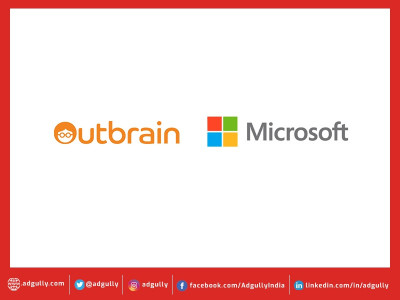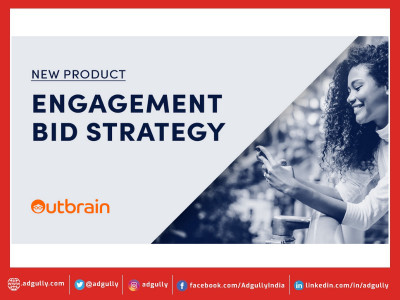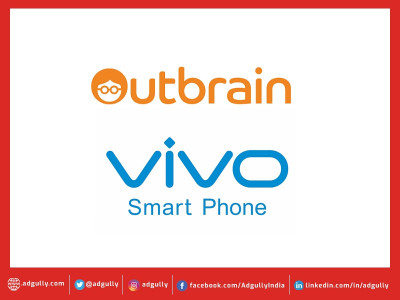Think Click-Through-Rate (CTR) is dead? You might just be doing it wrong
Companies today espouse the benefits of digital marketing, but these mean nothing without measurement. How else can you allocate budgets to the right channels or adjust spend in real-time to meet your campaign’s overall target?
Understanding the marginal value each interaction contributes to the entire consumer journey is the holy grail of marketing measurement, simply because it demonstrates the return-on-investment (ROI) to clients. With the wealth of data that is being captured online, there’s really no excuse not to measure performance.
Currently, multiple measurement metrics exist, but most discussions revolve around Cost-Per-Click (CPC). Advertisers have also increasingly called for a move away from focusing only on achieving a good CTR, which up till this year, was still a top priority for 80% of marketers according to research by the Mobile Marketing Association and Allstate. They are not wrong to look beyond CTR – except when it means throwing the baby out with the bathwater. After all, it remains a key indicator of the compatibility between your marketing message, and the individuals who are exposed to your content.
Here’s three tips to get you started on building your CTR in a world of skimmers and swipers:
- Be mindful of the user journey
At what stage of the user journey is your user at? How did he land on your page? How much time has he spent on your page, and on everything in between? These are questions that you need to ask yourself, as conversions can happen anywhere in the funnel, from awareness down to action.
A user who is further down the funnel is typically more engaged, and hence more likely to sign up for a newsletter, or download a whitepaper. To ignore all other touchpoints before the consideration stage and take users directly to an ‘Add to Cart’ or Event Bookings page without serving content around the product is to have a tunnel vision of the entire buying journey. Doing so will only cause user confusion and frustration.
With that in mind, we recently updated our pixel to track up to twenty different, specific conversions – whether URL-based, or event-based, to cater to the plethora of actions performance marketers want their target audience to complete.
- Never look at a single metric in isolation
The rise of multiple touchpoints has made it problematic to credit success to just one single metric. We’ve said before that marketers shouldn’t look at CTR in isolation, but this applies across the board. For campaigns where traffic lift is the primary KPI, CTR plays a more important role, since this suggests a higher frequency of clicks per impression. Then again, where goals require reaching a niche audience, the CTR is likely to be lower, as a reflection of the smaller, relevant audience pool.
Similarly, achieving the lowest CPC isn’t always the best option. Why is this the case? Simply put, traffic does not equate to conversion, i.e. consumers might click to visit a website but not respond to the call to action. Ultimately, a brand’s end goal is conversion. The CPC is made meaningful only when it is understood in relation to conversion rate.
Consider paying INR 1 each for 100 clicks from a generic audience, and INR 10 each for 10 clicks from a targeted audience - looking at CPC alone dictates that the brand should continue buying clicks from a generic audience because the CPC is lowest. However, if the conversion from the generic audience is 0%, while the conversion rate from the targeted audience is 20%, it will make more sense to continue with a targeted audience approach despite the higher CPC.
- Start with a great headline
Headlines are the first point of contact with readers, so it has to be relevant enough to draw them in, and the same time, be short and sweet. More crucially, it has to attract the right target audience. If you know who your customer is and what you’re looking for in a user, add it to a headline. Our statistics show that this not only increases CTR, but also increases the conversion rates of these clicks.
Now, more than ever, with an audience that digests video and imagery better than they do with text, a great header image also plays a role in making or breaking the click through. Use numbered lists, or imagery to break up your text.
There are pain points to resolve around CTR, such as attribution, but the click is not dead – far from it in fact. Marketers who think so probably have misunderstood what purpose it serves, or indeed, how to use it as a metric. On the flipside, those who master it stand to benefit greatly. A better CTR doesn’t just represent more clicks; it is also an ‘interest score’ to determine the most interesting pieces of content to put in front of readers.
Of course, marketers have a big responsibility to ensure that the content they are directing their users to is relevant, especially in relation to the stage of the user journey they happen to be at. For this reason, we want to keep helping brands get their content discovered at a much larger scale, so they can reach their desired audiences seamlessly.
(By Sandeep Balani, Head of India at Outbrain)


















Share
Facebook
YouTube
Tweet
Twitter
LinkedIn